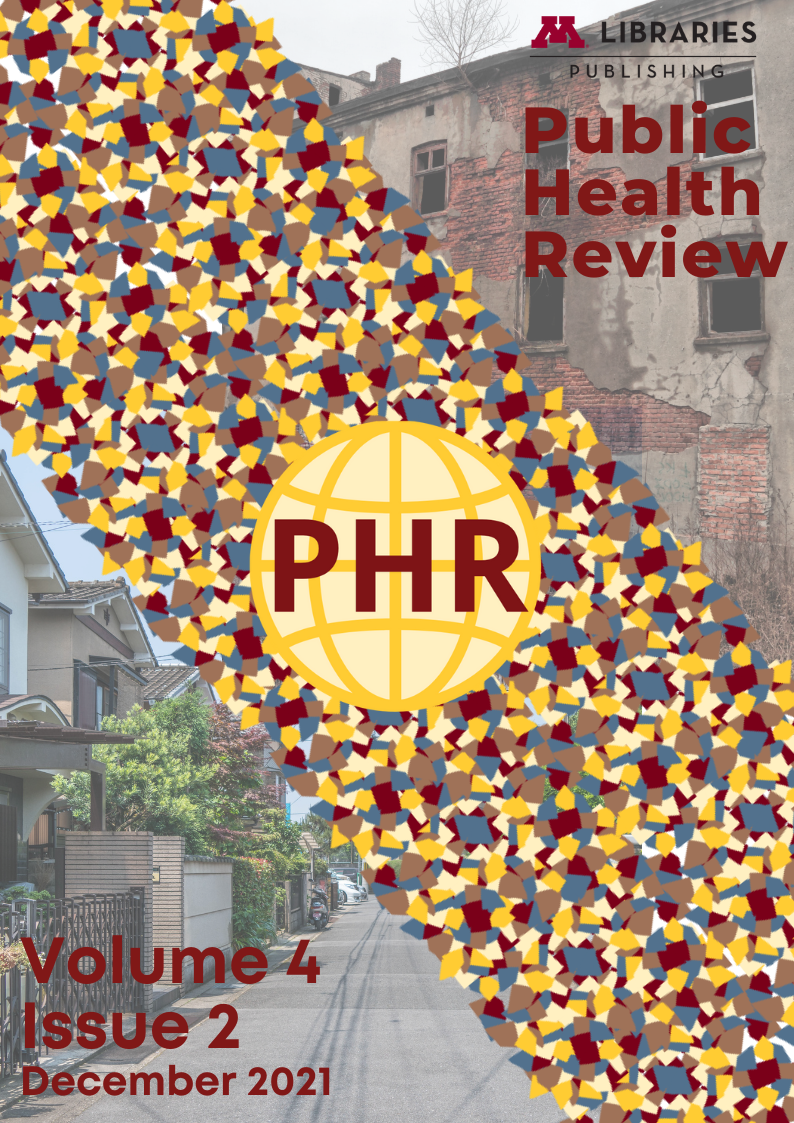Public-Private Partnership: Mobilizing taxpayer contributions to offer free-market solutions to high drug prices
Cherubin Manokaran
Dana Farber Cancer Institute
Abstract
High drug prices remain a significant concern despite decades of measures to address it. Most would agree that one path to lower prices is innovation; therefore, the government has often implemented incentives or regulations to promote innovation and market competition. To this end, the government has enacted programs to expedite the approval process or increase profitability for pharmaceutical companies. But, instead of improving competition and drug prices, the measures, ultimately, reduce approval standards for certain therapeutic areas or, inadvertently, permit high prices. An often-overlooked fact is that the patients purchasing those drugs invested in their successful discovery and development through taxes. This increases the obligations of the government to devise safe and effective plans for encouraging innovation while addressing drug prices. The solution begins with expanding the government’s role in late-stage clinical development through associations with the private sector, especially small pharmaceuticals.



